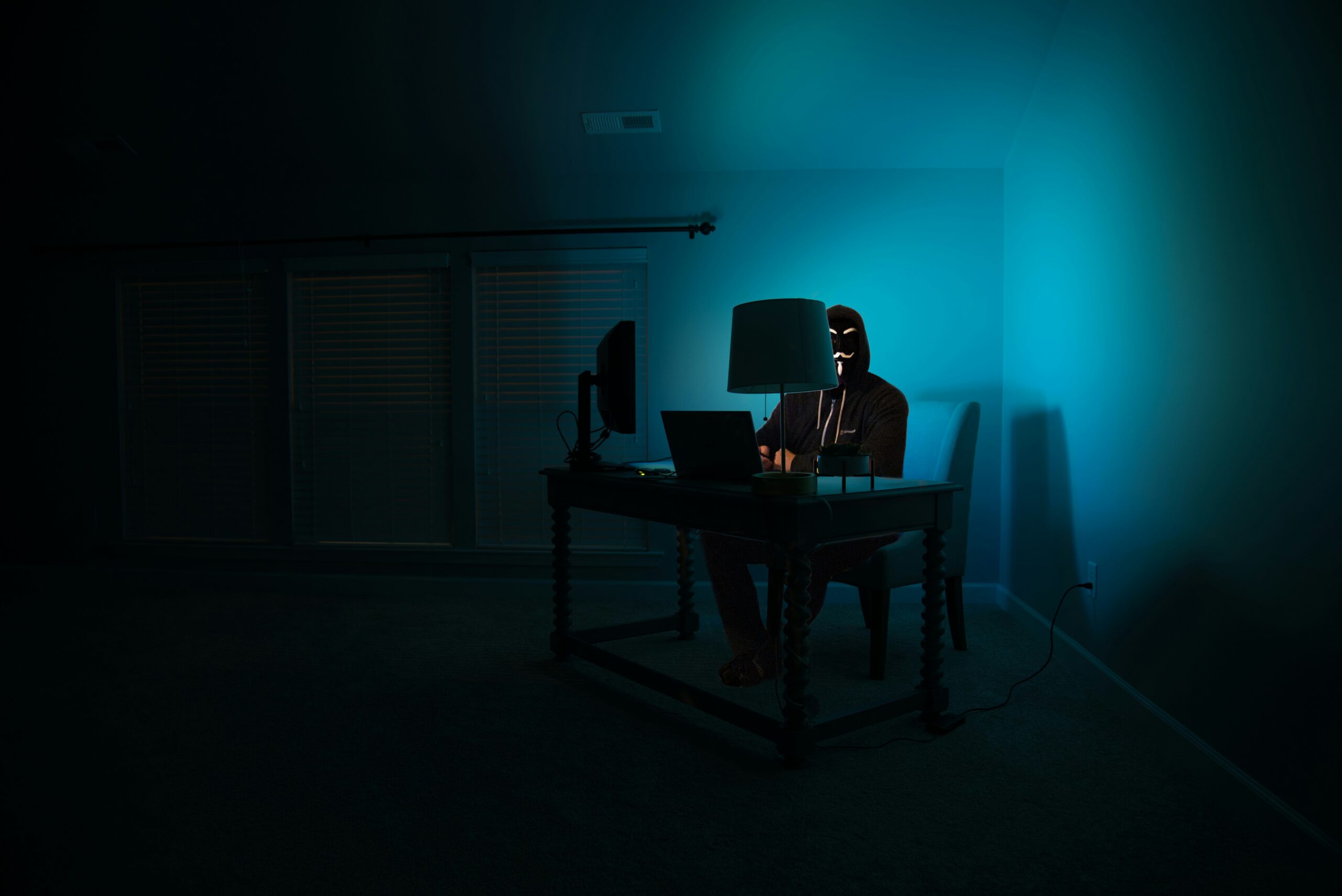On Monday, April 11th, U.S. District Court Judge Michael Fitzgerald dismissed a lawsuit brought by a number of artists to recover resale royalties from auction houses that sold their art. The decision is the latest chapter in a legal battle over the California Resale Royalty Act and likely marks its end.
First passed in 1976, the California Resale Royalty Act, Cal. Civ. Code §986, was a groundbreaking statute for the United States. Inspired by similar European legislation, the act incorporates the concept of droit de suite, which is an artist’s enduring moral and economic right to their work. The act requires art sellers to give artists five percent of the resale price if the “seller resides in California or the sale takes place in California.” The act places the burden on the seller to both find and pay the artist these royalties. If the seller is unable to locate the artist within ninety days, the burden transfers to the California Arts Counsel. If the counsel is unable to locate the artist within seven years, it may use the unclaimed funds “for use in acquiring fine art.” These rights exist for the artist’s life, and can also be exercised by the artist’s estate or heirs up to twenty years after the artist’s death.
The suit was brought by a number of California artists, including the estate of sculptor Robert Graham and actress Angelica Huston, against defendants Christie’s Inc., Sotheby’s Inc., and eBay, seeking resale royalties from sales of their art that the defendants performed out of state.
The California Resale Royalty Act was severely limited last year when the case was heard by the Ninth Circuit Court of Appeals. The court found the act to be in violation of the Dormant Commerce Clause, as it allowed California to impose its laws on sales that were made outside of the state. However, instead of striking down the law in its entirely, the court severed the statute, limiting its control to only art sales that occur in California.
Monday’s decision finishes off what remained of the law. In his decision, Judge Fitzgerald held that the Copyright Act of 1976 preempted the California Resale Royalty Act. In particular, the judge upheld the longstanding “first sale doctrine,” which “provides that ‘once the copyright owner places a copyrighted item in the stream of commerce by selling it, he has exhausted his exclusive statutory right to control its distribution.’” Therefore, downstream sales of art cannot be subjected to the resale royalty requirements imposed by the California law. Judge Fitzgerald emphasized that this doctrine is an important one, as it “creates robust secondary markets” by shifting “the market power away from copyright holders and toward competition.”
The plaintiffs will likely appeal the decision, which would bring the case back to the Ninth Circuit.
Resale royalty rights have fared better in Europe where they have an extensive history. Artists’ rights first evolved during the renaissance as artists began to develop extensive reputations independent of their patrons. During the eighteenth and nineteenth centuries, France became a strong supporter of these ideals and established four distinct rights for artists: 1) the right to attribution, 2) the right to maintain the integrity of their art, 3) the right to disclose their art, and 4) the right to withdraw or modify their work after disclosure. The droit de suite grew out of this legacy, and was first codified in France in 1920. It has since been included in the Berne Convention for Literary and Artistic Works. Interestingly, the United States is a member of the convention, despite it never having passed federal resale royalty legislation. Most recently, the European Union formally adopted resale royalty rights by passing Directive 2001/84/EC. However, even European resale royalty rights have been controversial. The United Kingdom recently experienced a sudden decline in art sales. Some observers blame this development on resale royalty laws, which they argue are pushing art sales to the United States and Asia at the expense of the local art market.
Although Monday’s decision is a significant setback for artists’ resale royalty rights in the United States, the debate will continue. Ever since the California Resale Royalty Act was first passed in 1976, there has been constant pressure on Congress to incorporate the droit de suite into federal law. If lobbyists are to continue to fight for such a law, they must do so without the help of the California Resale Royalty Act.
Anthony Prinzivalli is a second-year law student at the Benjamin N. Cardozo School of Law and a Staff Editor of the Arts & Entertainment Law Journal. He will be a Notes Editor for Volume 35 of the AELJ.
Sources and Further Reading:
- http://labusinessjournal.com/news/2016/apr/12/federal-ruling-puts-state-artist-royalty-law-jeopa/.
- http://leginfo.legislature.ca.gov/faces/codes_displaySection.xhtml?lawCode=CIV§ionNum=986.
- http://www.scotusblog.com/wp-content/uploads/2015/09/12-56067.pdf.
- http://cdn2.hubspot.net/hubfs/878449/document.pdf?t=1460560905154.
- http://digitalcommons.lmu.edu/cgi/viewcontent.cgi?article=1297&context=elr.
- http://eur-lex.europa.eu/LexUriServ/LexUriServ.do?uri=CELEX:32001L0084:EN:HTML.



